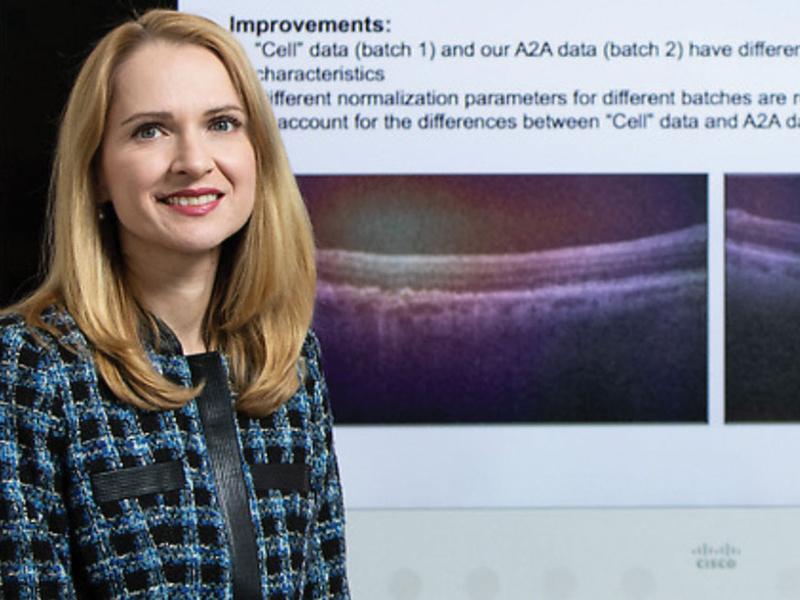Artificial Intelligence (AI) has been around for more than 50 years, but recent advances in deep learning have made it more powerful and accessible. AI is now used in everyday life, from language translation and image recognition to digital personal assistants. In ophthalmology, AI is used for data aggregation, intraocular lens calculations, and autonomous systems for diabetic retinopathy screening. AI has the potential to revolutionize the diagnosis and treatment of various eye disorders.

